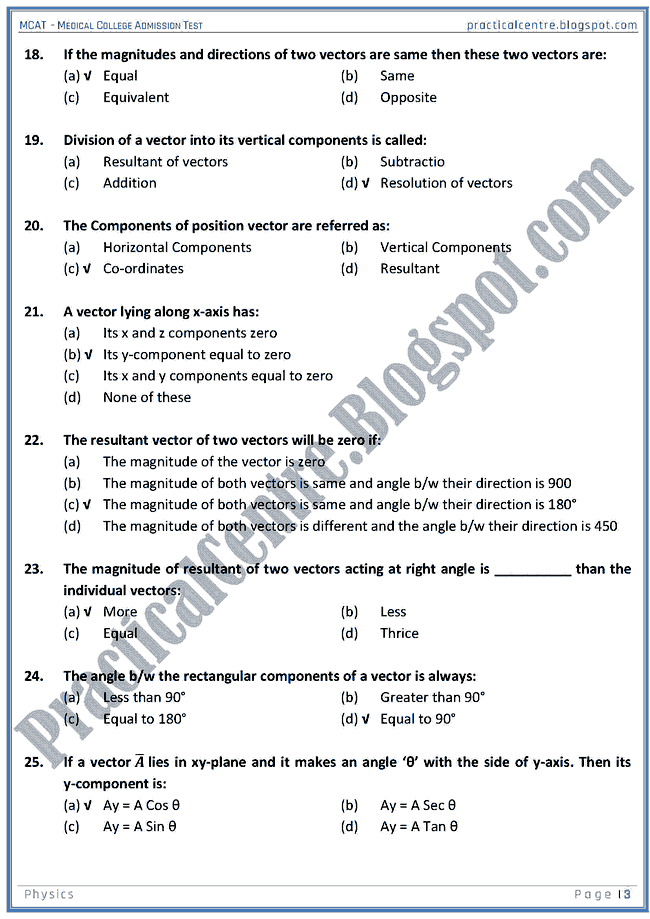

Space-partitioning methods include techniques such as constructive solid geometry.ġ8. In _ stage3D scene is mapped to 2D scene.ġ7. The computer graphics field entered into the adulthood period in _.ġ6. The CAD system DAC-1(by IBM) falls under _ phase of computer graphics.ġ4. Computer graphics is the process of _ static images or animation (sequence of images) on computer screens in an efficient way.ġ3. Raster graphics refers to images represented in terms of continuous geometric primitives such as lines and curves.ġ2. The process of hidden surface removal also known as the _.ġ1. Sylvan Chasen (Lockheed, 1981) proposed _ phases of “Computer Graphics” evolution.ĩ. Which system model is being depicted by the ATM operations shown below?Ĩ. System models are abstract descriptions of systems whose requirements are being analyzedħ. In the case of postfix notation, operators are written after their operands.ĥ. accessing the list to both the forward and reverse directions.Ĥ. accessing the list in the reverse direction.ī. William Fetter of Boeing coined the term “Computer Graphics” in the year _.Ī. In this blog post, we have published Multiple Choice Questions on Computer Graphics with answers. This is the working of Cathode Ray Tube.C omputer graphics MCQ with answers: Computer graphics deals with generating images with the aid of computers. This beam falls on the screen and creates phosphorescence.

These coils are responsible for the horizontal and vertical movement of the beam. When the electron beam emits from the electron gun it passes through a pair of electrostatic and magnetic deflection coil which is on the neck of the electron gun. The electron gun generates an electron beam of high intensity when it is connected to high voltage. The electron beam controls the working of Cathode Ray Tube. The reason for using phosphorus is that Phosphorus glows whenever a beam of high intensity of electrons hits on it. Its inner surface is coated by phosphorus. It is the screen of Cathode Ray Tube on which the electron beam falls. These coils are shaped in a way to provide a linear magnetic field distribution. Both the sets are perpendicular to each other and on the neck of the Cathode Ray Tube. The Deflection Yoke consists of coils which are present in a set of two. We can adjust the brightness of the screen created by phosphorus by adjusting the electrode current. The electron beam is moved in Raster Scan on the screen. It is also necessary that the beam must be very very thin when it falls on the screen. There are two types of deflection needed in the Cathode Ray Tube: One controls the beam horizontally and the other controls the beam vertically. The whole of the electrons are being controlled at the time of emission and once it is controlled the beam goes in a straight line to the phosphorus coated screen. There are two main systems inside this focusing system: The Electrostatic system and the Magnetic system. All of the Focusing System is adjacent to the electrode which is accelerating the electron beam. The Focusing System consists of the electric and magnetic fields. Without this focusing system, the electrons will spread in the shape of a cone because it is the tendency of the electrons.

The Focusing System of the Cathode Ray Tube helps the electron not to spread.

The rate of emitted electrons depends upon the current we apply to the cathode. The surface from where the Cathode emits the beam must be as small as possible. The Cathode emits electrons when we supply heat to it. The main purpose of the Electron Gun is to generate a beam of focused electrons accelerated towards the screen with the coating of phosphorus. The Electron Gun of a Cathode Ray Tube consists of a cathode, a control grid all around the cathode and an anode to focus the electron beam. This is a complex process that is repeated many times until the screen is fully drawn line by line. Whenever a new line begins at the screen the guns will start from the left and continue right. Every gun streams a steady flow of electrons. There are three electron guns in the Cathode Ray Tube: Red, Blue, and Green. It accelerates and deflects the electron beam onto the screen to create images. That image is formed by firing electrons from the backside of the tube with the help of phosphorus which is located towards the screen on Cathode Ray Tube. An image is created on the screen on Cathode Ray Tube. Submitted by Monika Sharma, on April 07, 2020Ĭathode Ray Tube is a technology that is used widely in the traditional televisions and screens. Computer Graphics | Cathode Ray Tube (CRT): In this tutorial, we are going to learn about the Cathode Ray Tube (CRT), it's working and about its different components.


 0 kommentar(er)
0 kommentar(er)
